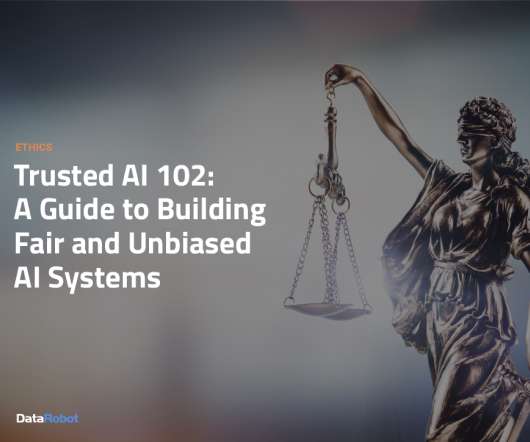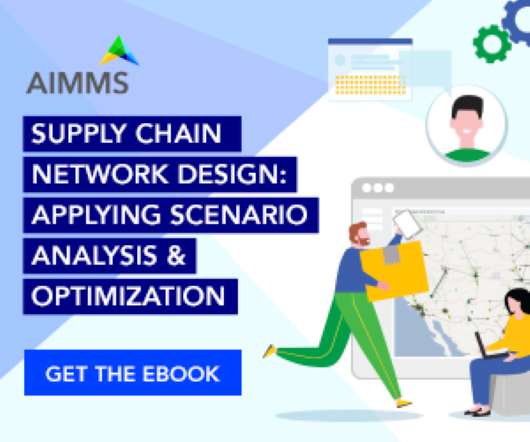10 things to watch out for with open source gen AI
CIO Business Intelligence
MAY 15, 2024
It seems anyone can make an AI model these days. Even if you don’t have the training data or programming chops, you can take your favorite open source model, tweak it, and release it under a new name. According to Stanford’s AI Index Report, released in April, 149 foundation models were released in 2023, two-thirds of them open source.




















Let's personalize your content